|
In 2010, Empowering Latino Futures, chaired by actor Edward James Olmos, created the Latino Books into Movies Awards for one reason: to help facilitate the production of more television shows and movies by and about Latinos. The contest is judged by film and TV professionals. Empowering Latino Futures also produces the Int’l Latino Book Awards (3,755 authors honored since 1998) and oversees the Int’l Society of Latino Authors. Other programs include the Latino Book & Family Festivals (70 Festivals have been held since 1997); the Latino & American Indian Scholarship Directory (182,000 copies in distribution); and Education Begins in the Home (which has given away over 208,000+ books to underserved youth in just 7 years. In this sci-fi/fantasy, coming-of-age novel of kinship and high adventure, college-bound Miguel Reilly summers in rural New Mexico to explore its Mexican and Native American ruins and traditions. But when he sets out to “research” shaman Tomás Martinez as an anthropological subject, Tomás turns the tables, and Miguel’s worldview. Miguel takes the legacy of US and Chicano-Mexicano-Native history to heart, but how much can he act counter to his colonial, White-centered outlook? Tomás trains Miguel to battle La Muerte Blanca, a dragon-like being that subsists on human hearts and whose early victims may have included the people of present-day Mexico, leading Miguel there, but not before he gets a few more history lessons, some more personal than expected, from the sardonic-yet-mediating, kind-but-straightforward bartender Julio. While Miguel is new to knowledge of La Muerte Blanca, med student Maritza Magdalena escaped the creature as a teenager and has spent years researching possible attacks and government coverups since. Together, they combat the dragon within Mexico City’s labyrinthine sewers, questioning if there’s one…or more. Maritza brings together expertise from the powerful bruja Blasa, three curanderas who know exactly how to prepare people for otherworldly battle, members of resistance movements, and others. Can Miguel and Maritza both survive descent into cenotes for a final battle? Will Miguel find his true identity and self-worth? And are they running as much from the US and Mexican governments as a supernatural creature?
Learn more from the International Latino Book Awards and Empowering Latino Futures site. Read the full list of 2023 Latino Books into Movies Awards winners here:
0 Comments
Iván Argüelles reads from |
Archives
February 2024
Categories
All
|
||||||||
Donate and Make Literature Happen
is published by the Somos En Escrito Literary Foundation,
a 501 (c) (3) non-profit, tax-exempt corporation. EIN 81-3162209

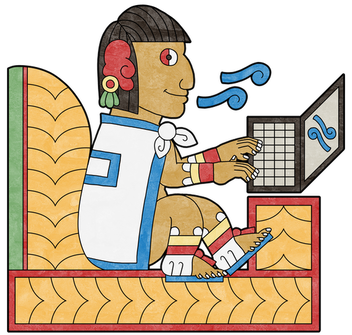

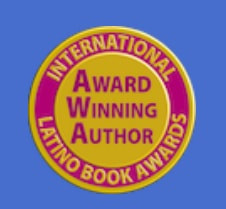

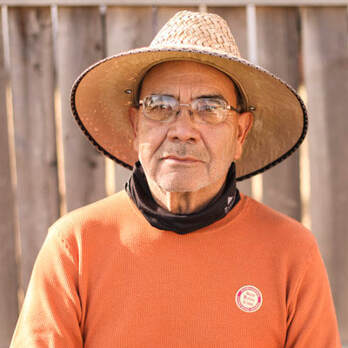
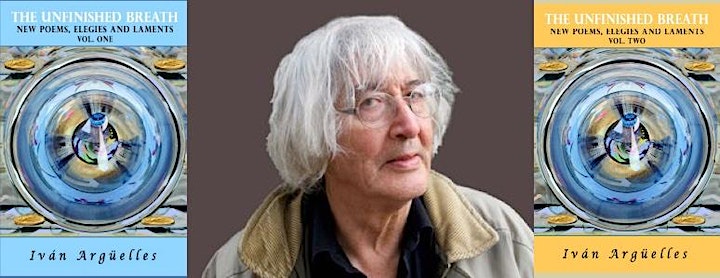
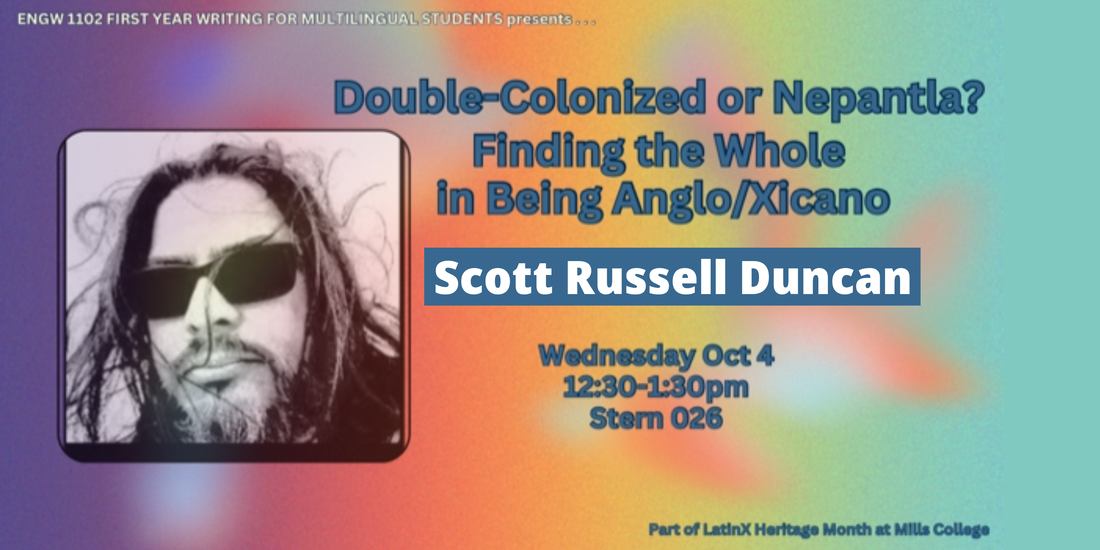

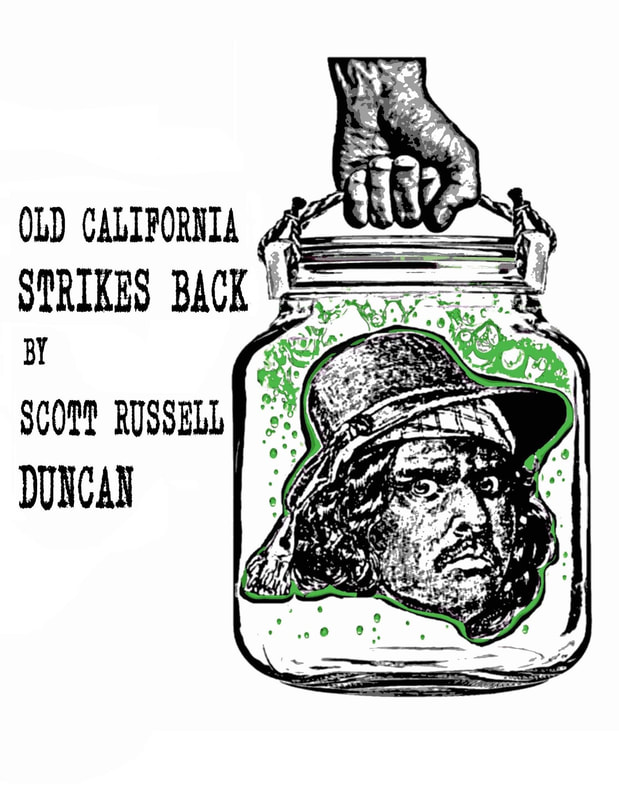

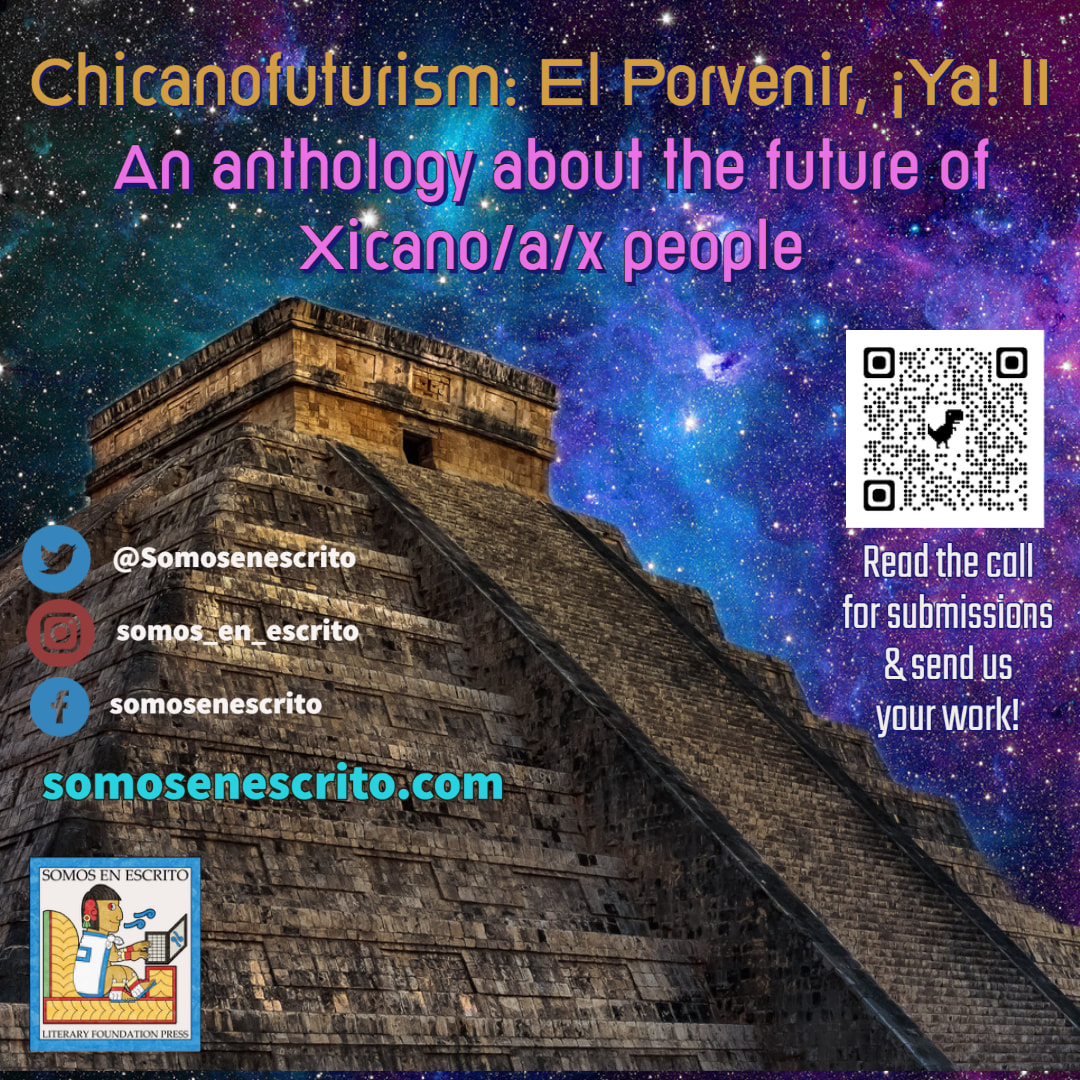
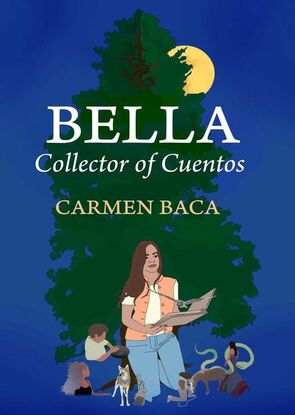
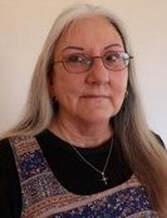
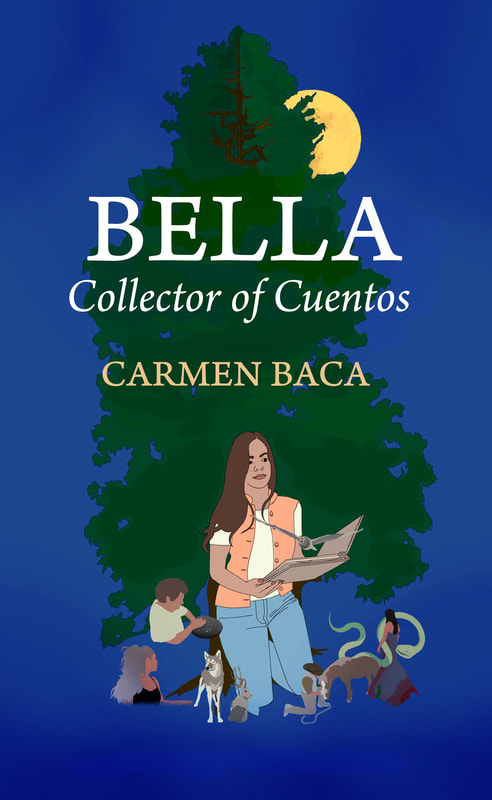
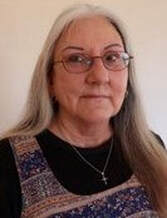
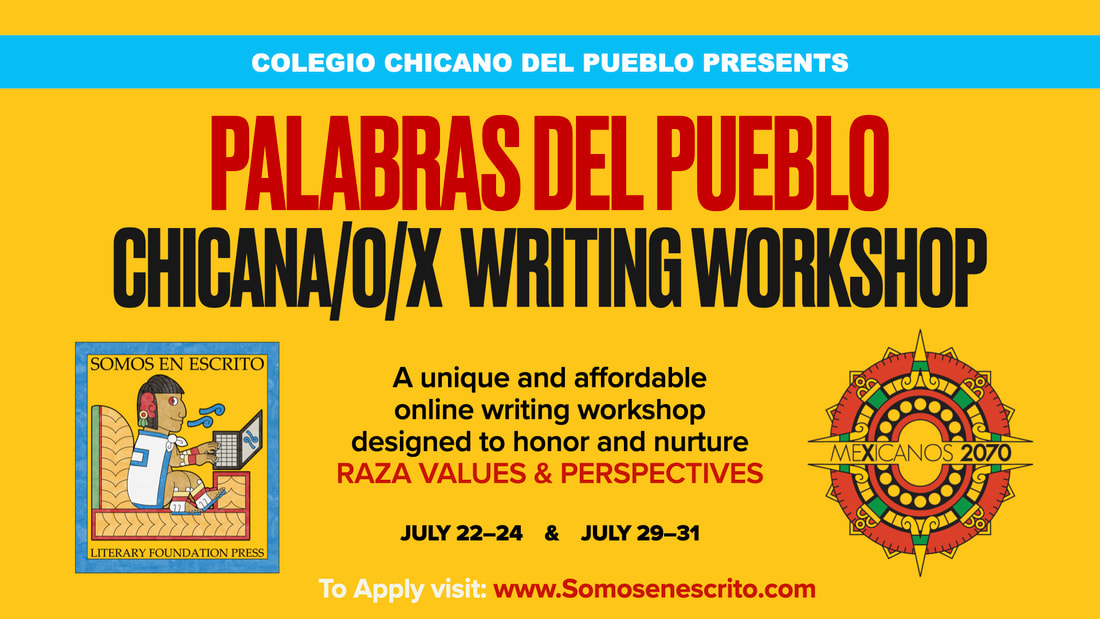
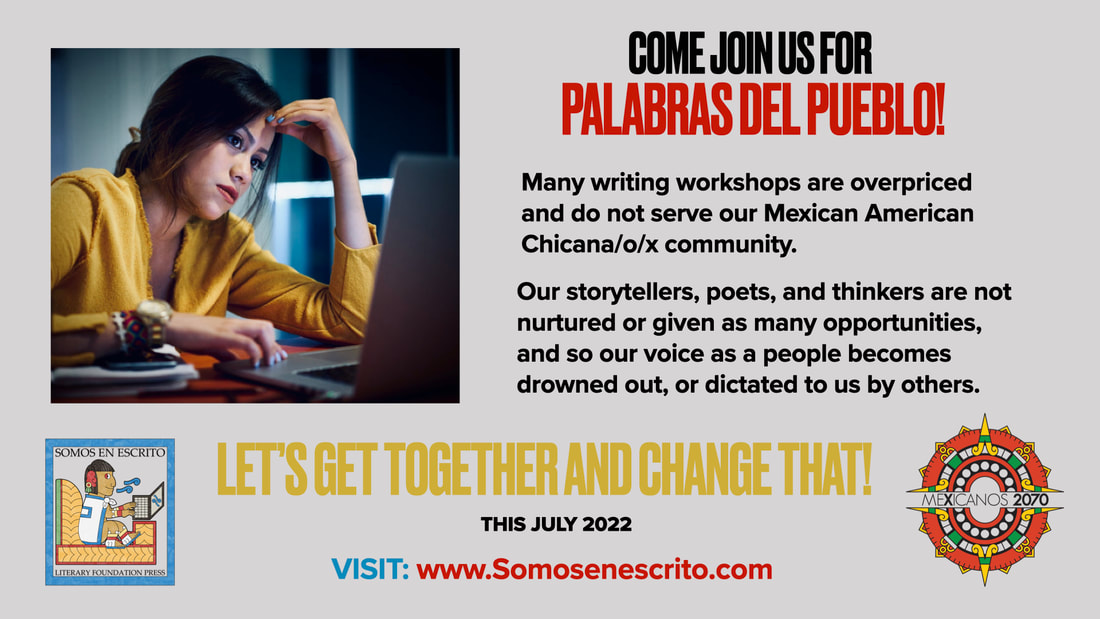

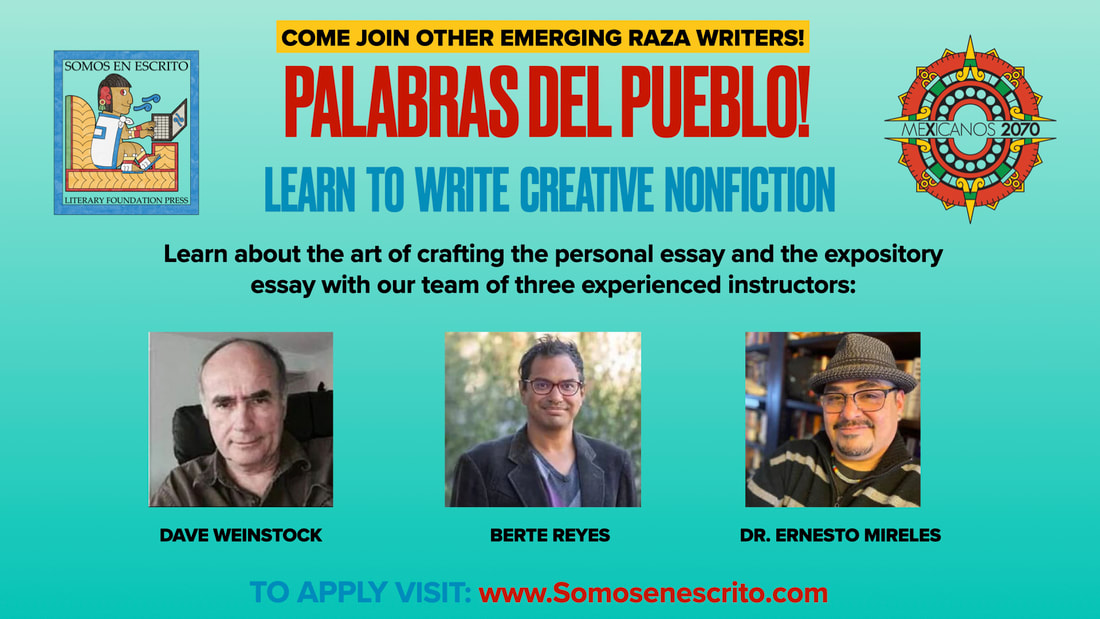
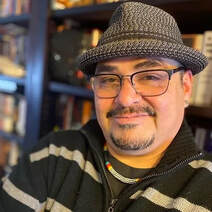
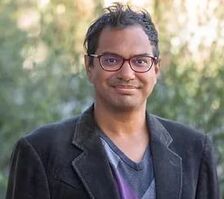

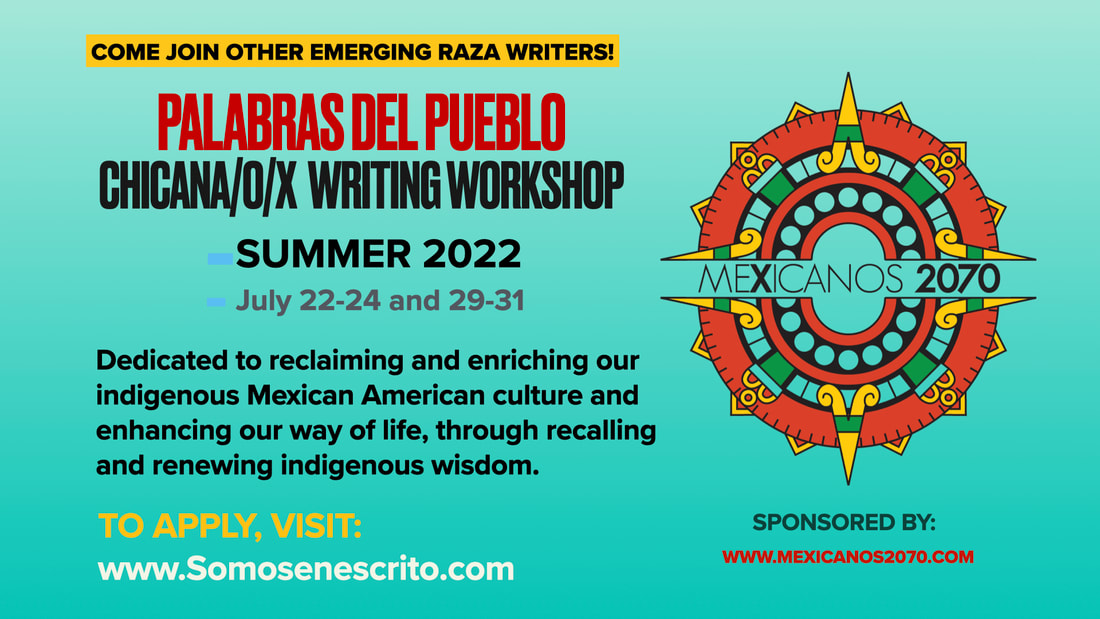

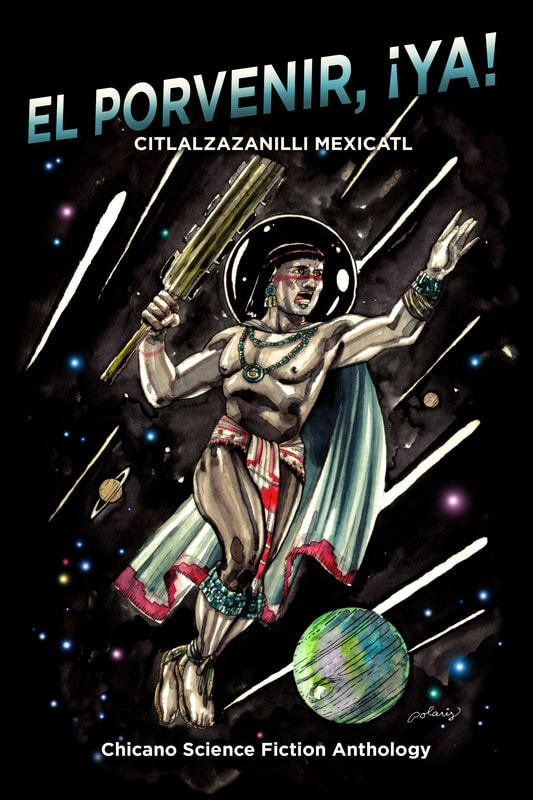
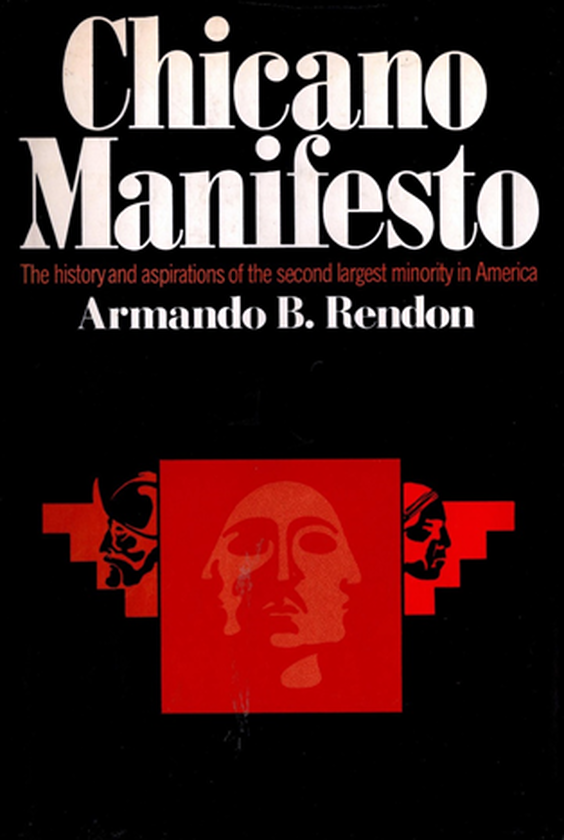
 RSS Feed
RSS Feed